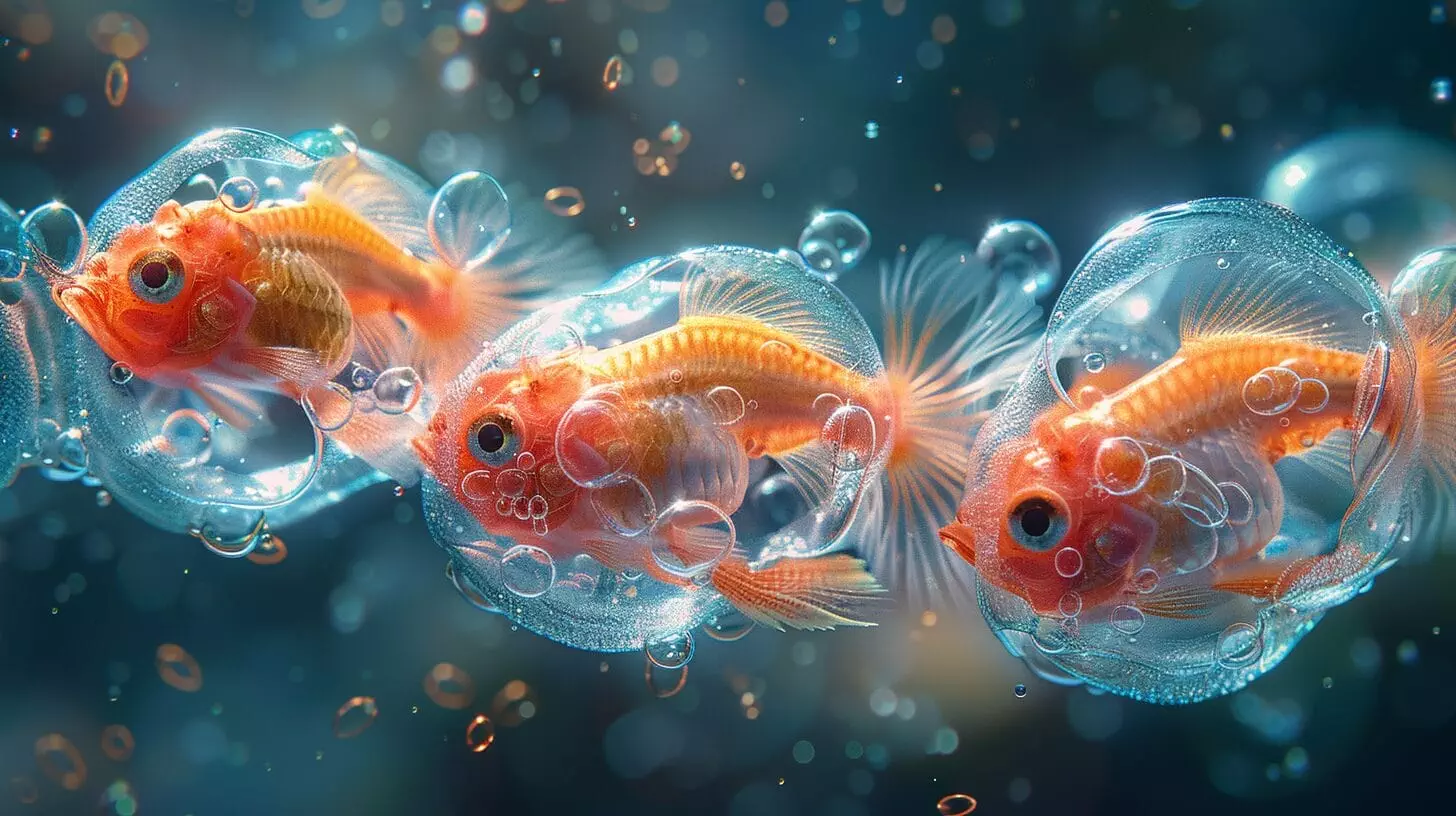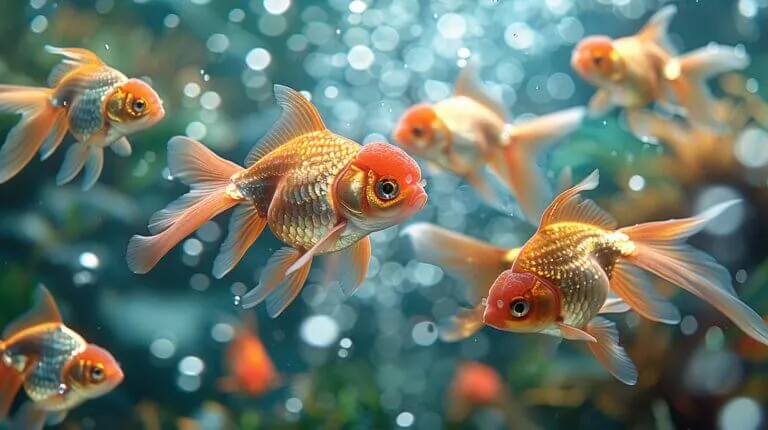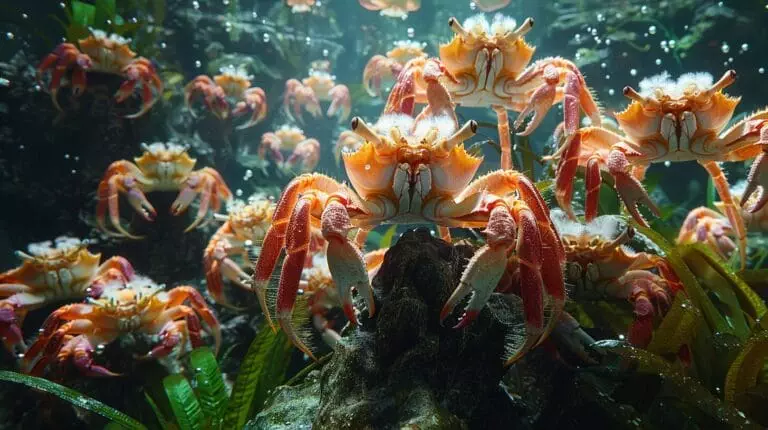When it comes to guppy pregnancies, have you ever wondered about the exact timeline from egg to delivery? The duration of guppy pregnancies can vary, but understanding the factors that influence this period can provide valuable insights into ensuring the well-being of both the pregnant guppy and her offspring.
So, how long do Guppies stay pregnant? Let’s explore the intricacies of guppy gestation and the fascinating journey from conception to the much-anticipated moment of birth.
Key Takeaways
- Guppy gestation lasts 21 to 30 days.
- Factors affecting gestation: water temp, diet, genetics.
- Guppies give birth to 20 to 40 babies on average.
- Number of babies influenced by age, size, environment.
- Preparing for delivery: space, hiding spots, stable temp.
Understanding Guppy Pregnancy: Signs and Duration

During guppy pregnancy, several signs indicate impending delivery. Female guppies display physical changes such as a swollen abdomen, a darker gravid spot near the anal vent, and an overall bulging appearance. Understanding these signs can help anticipate birth.
Guppies typically gestate for 21 to 30 days. Factors like water temperature, diet, and genetics affect the length of pregnancy. Warmer water tends to shorten gestation, while cooler water can extend it. Moreover, a diet rich in protein and nutrients supports healthy embryo development and timely birth.
Recognizing these signs and understanding the factors affecting gestation can help guppy keepers prepare for the arrival of new fry and ensure the mother’s health throughout pregnancy.
How Many Babies Do Guppies Give Birth to?
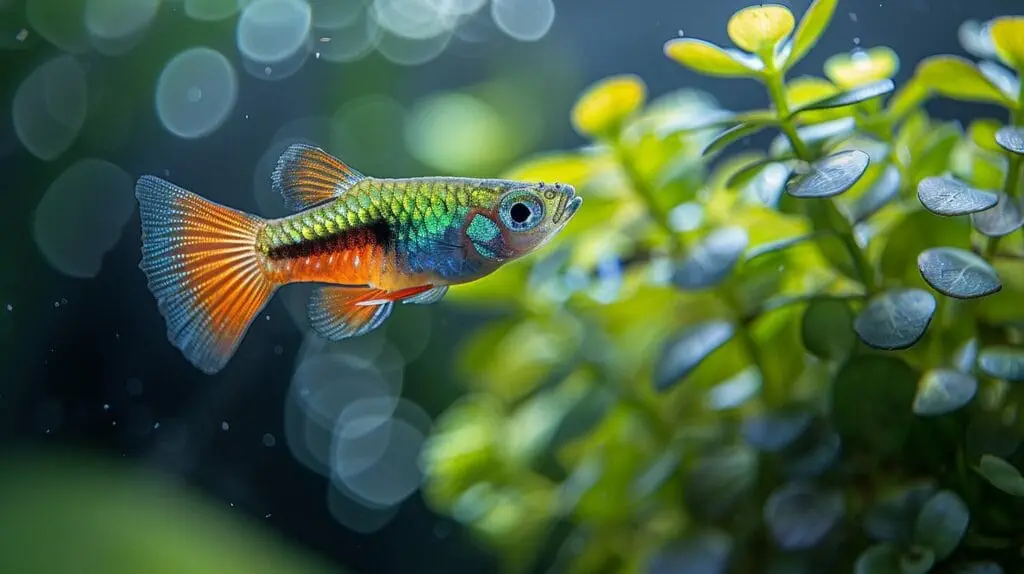
Guppies generally give birth to an average of 20 to 40 babies in a single delivery. Various factors influence the number of offspring, such as the age and size of the female guppy, environmental conditions, and genetic factors. Younger and smaller guppies tend to have fewer babies compared to older and larger ones. Also, stress levels and quality of care can impact the number of babies born.
During delivery, guppies may seek isolation, hide more, and eat less. As birth approaches, the female guppy may show signs of distress. Understanding these behaviors can help owners prepare for the arrival of new babies and ensure a smooth delivery process.
Preparing for Guppy Delivery: Tips and Best Practices
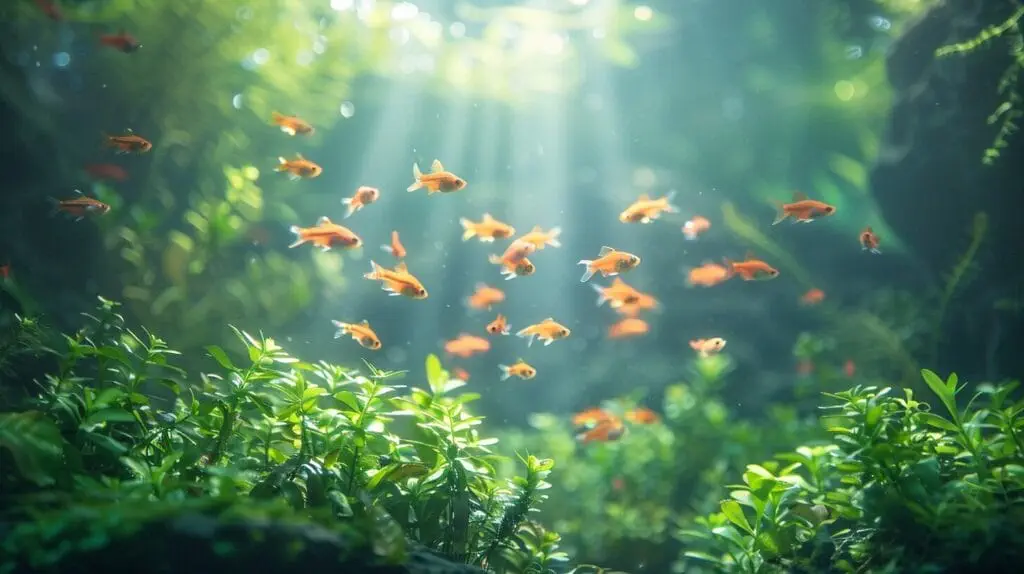
When preparing for guppy delivery, it’s crucial to create a safe and comfortable environment. Here are some tips:
- Aquarium: Ensure the pregnant guppy has enough space to move comfortably during delivery.
- Hide: Provide hiding spots, like plants or decorations, where the pregnant guppy can feel secure during labor.
- Water Temperature: Maintain a stable water temperature between 75-82°F (24-28°C) to prevent stressing the pregnant guppy.
- Delivery: Watch for signs of labor, such as a distended abdomen or unusual behavior, and be prepared to support the guppy during birth.
Post-Delivery Care for Baby Guppies
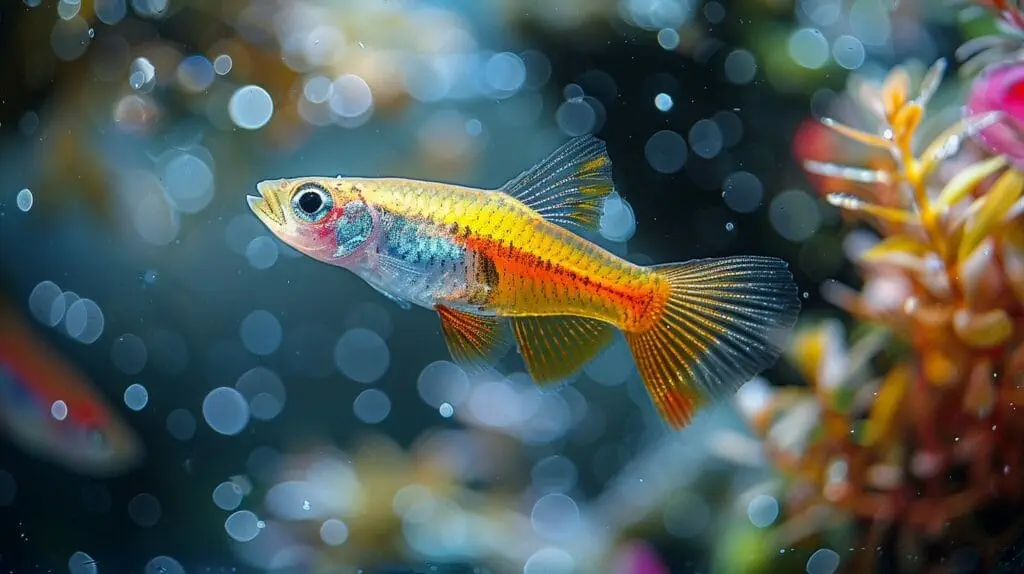
After birth, the focus shifts to providing essential care for the fry’s growth and well-being. Female guppies typically give birth to fry, tiny versions of adult guppies. Feed the fry suitable food, such as crushed flakes or specialized fry food, to ensure they receive adequate nutrition. Additionally, maintaining clean water and monitoring water temperature is crucial for their welfare.
Separate the fry from adult guppies to prevent them from being eaten. A breeding box or a separate tank can keep the fry safe until they’re large enough to join the main tank. Closely monitoring the fry’s growth and development is important as it allows intervention if issues arise.
How to Naturally Support and Prepare Your Guppy for Pregnancy

As you prepare for your guppy’s pregnancy, consider the following:
- Balanced Diet: Provide a balanced diet rich in nutrients essential for the guppy and her offspring.
- Tank Conditions: Maintain a clean and well-kept tank with proper filtration and regular water changes.
- Reducing Stress: Minimize disturbances and loud noises near the tank to reduce stress, as it can negatively impact the pregnancy and the fry’s development.
- Preparing for Pregnancy: Set up a separate breeding tank if you’re intentionally breeding guppies. Make sure it’s appropriately decorated and equipped for the process.
Conclusion
To sum up, guppies typically stay pregnant for 21 to 30 days, giving birth to an average of 20 to 40 babies. In terms of care, guppies require a well-maintained aquarium with plenty of vegetation and hiding spots for the fry to avoid being eaten by adult guppies. Additionally, maintaining a stable water temperature and pH level is crucial for the overall health and well-being of the fish. For those interested in expanding their aquatic pet collection, they may also want to consider researching cool axolotl habitats to create a diverse and visually appealing aquarium environment. Furthermore, proper feeding and nutrition are essential for guppies, as they are omnivores and require a varied diet of flake food, live or frozen brine shrimp, and algae. It is also important to monitor the population of the aquarium, as guppies are known to breed quickly and can overcrowd the tank if not managed properly. For hobbyists looking to further diversify their aquarium, exploring red tail shark care can be an interesting and rewarding experience. Red tail sharks are known for their striking appearance and can add an interesting dynamic to any aquatic environment.
It’s important to provide a comfortable environment for pregnant guppies with adequate space, hiding spots, and suitable water conditions.
By understanding the signs of pregnancy, preparing for delivery, and providing post-delivery care, you can support your guppy through a healthy pregnancy and successful delivery.
Frequently Asked Questions
How long is the gestation period for guppies?
The gestation period for guppies is typically around 21-30 days.
How many babies can a pregnant guppy give birth to?
A pregnant guppy can give birth to anywhere from 20 to 200 babies, depending on various factors.
How can you tell if a guppy fish is about to give birth?
You can tell that a guppy fish is about to give birth by looking for signs like a darker gravid spot, an increase in size, and behavior changes such as hiding or being more restless.
Do male guppies play any role in the birthing process?
No, male guppies do not play a role in the birthing process as guppies are livebearers, meaning they give birth to live young instead of laying eggs.
What is the optimal environment for pregnant guppies to give birth?
Pregnant guppies should be provided with a peaceful and clean tank with places to hide, as well as optimal water parameters to ensure a successful birthing process and high survival rate for the babies.

